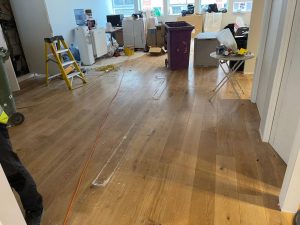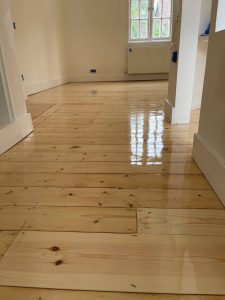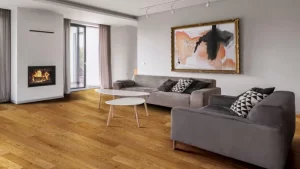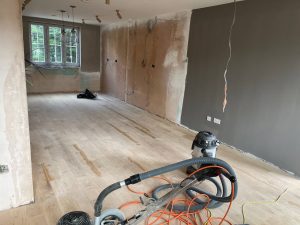How to Protect Your Furniture During Floor Sanding

Expert Tips to Keep Your Belongings Safe While Enhancing Your London Home
Introduction
Floor sanding can significantly improve the appearance of your wooden floors, but it’s essential to protect your furniture and belongings during the process. Dust and movement can potentially damage your possessions. This guide provides practical tips on how to safeguard your furniture during floor sanding in your London home.
1. Remove Furniture from the Room
The most effective way to protect your furniture is to remove it from the room where sanding will take place. This ensures that your items are completely safe from dust and accidental damage. If you don’t have enough space to store all your furniture, consider using temporary storage solutions or moving them to a different room.
2. Cover Remaining Furniture
If you must leave some furniture in the room, cover it with heavy-duty plastic sheets or drop cloths. Ensure the coverings are securely fastened to prevent dust from getting underneath. For added protection, use painter’s tape to seal the edges of the covers.
3. Use Plastic Sheeting to Seal Off the Area
To prevent dust from spreading to other parts of your home, use plastic sheeting to seal off doorways, windows, and vents. This creates a barrier that contains the dust within the work area. Attach the plastic sheeting with painter’s tape for easy removal after the sanding is complete.
4. Protecting Larger Items
For larger items that cannot be moved, such as built-in furniture or appliances, ensure they are well-protected. Use cardboard or foam boards to shield surfaces from scratches and impact. Secure these protections with tape or straps to keep them in place throughout the sanding process.
5. Use Dust Barriers and Air Purifiers

Investing in dust barriers and air purifiers can significantly reduce the amount of airborne dust during sanding. Dust barriers can be placed around the work area to contain dust, while air purifiers help to filter out particles, keeping the air cleaner and protecting your furniture and other belongings.
6. Remove or Cover Electronics
Electronics are particularly sensitive to dust. If possible, remove them from the sanding area. If removal is not an option, cover them thoroughly with plastic wrap and ensure all vents and openings are sealed to prevent dust ingress.
7. Protecting Floors and Carpets in Adjoining Rooms
Lay down protective coverings such as cardboard or old sheets on floors and carpets in adjoining rooms. This will help prevent dust and debris from spreading when workers move in and out of the sanding area.
8. Post-Sanding Cleanup

After the sanding is complete, carefully remove all protective coverings and dispose of them properly. Use a vacuum cleaner with a HEPA filter to clean up any remaining dust in the room and on your furniture. Wipe down surfaces with a damp cloth to ensure all dust is removed.






The Difference Between Floor Sanding and Refinishing
The Difference Between Floor Sanding and Refinishing Understanding the Best Options for Your London[Read more...]
The Role of Floor Sanding in Home Staging
The Role of Floor Sanding in Home Staging Enhance your London home’s appeal with[Read more...]
Wood floor polishing
[Read more...]
The Best Floor Sanding Practices for Older Homes
The Best Floor Sanding Practices for Older Homes Older homes in London often feature beautiful[Read more...]
The Difference Between Water-Based and Oil-Based Finishes
The Difference Between Water-Based and Oil-Based Finishes Choosing the Best Finish for Your Wooden[Read more...]
How to Extend the Life of Your Sanded Floors
Sanded floors can dramatically enhance the aesthetic appeal and value of your home. To ensure[Read more...]
Top 10 Benefits of Professional Floor Sanding
If you’re a homeowner in London, you know how important it is to maintain the[Read more...]
The Benefits of Dust-Free Floor Sanding
The Benefits of Dust-Free Floor Sanding Experience a Cleaner, Healthier Home Environment with Innovative[Read more...]
Repairs
[Read more...]
The Role of Moisture Content in Floor Sanding
The Role of Moisture Content in Floor Sanding Achieving the[Read more...]